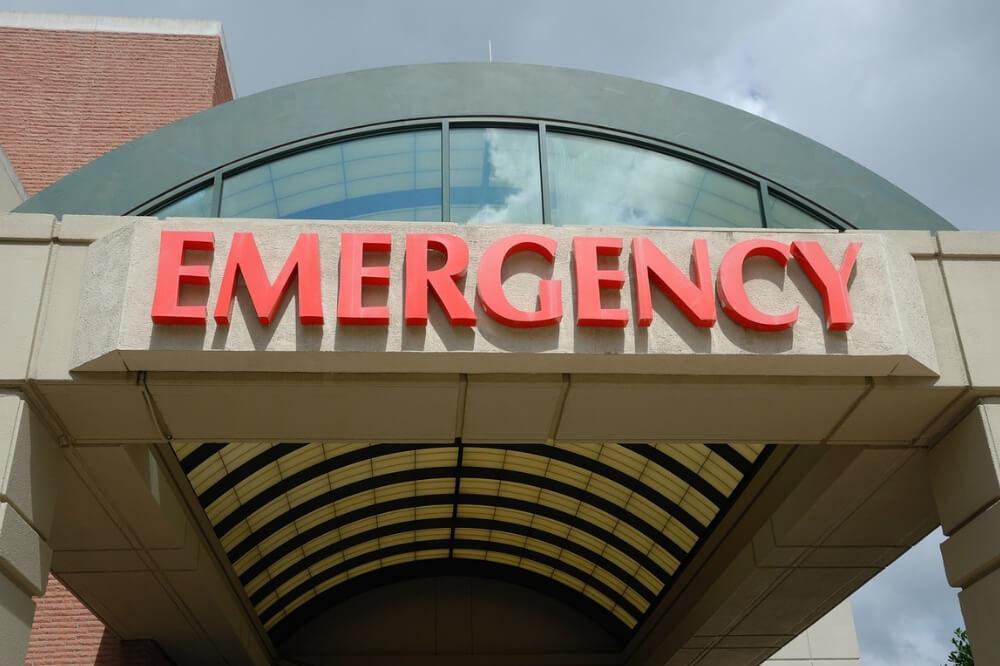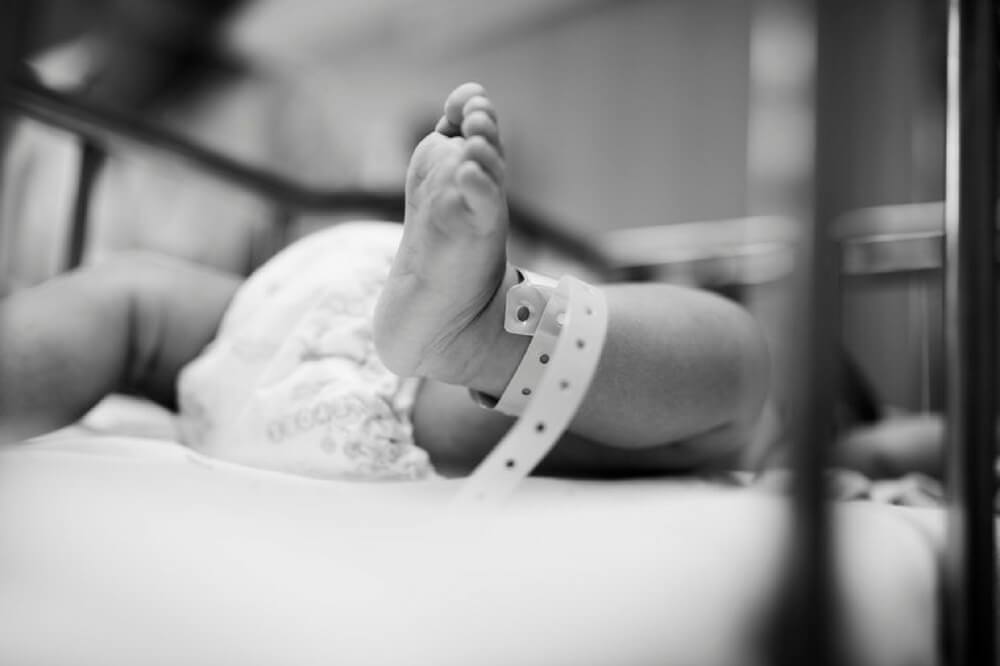
A Night in the Life of an A&E Doctor
It’s 9.15pm on a Monday evening and my alarm clock just rang for the fourth time. Fortunately I rent an accommodation near the hospital where I work and I don’t have to waste time thinking about what to wear today (it’s a never-ending choice of different colour scrubs), so I make it into work on time for my 10pm shift.
I get the pre-shift trepidation on my way to work, as I always do, wondering how busy the Accident and Emergency department will be tonight. I count three ambulances parked in the ambulance bay outside and sigh with relief - that doesn’t bode too badly. Walking through the waiting room, though, I see a host of “walking wounded”, who have arrived to A&E by means other than an ambulance. I greet the receptionists and the streaming nurse, who’s in charge of triaging patients and walk upstairs to leave my coat in the staff room.
Someone’s left buns for the night shift team - a welcome thought for break time. I walk downstairs to the ‘shop floor’ and the consultant on duty’s eyes light up. I am handed a set of notes for the next patient who needs to be seen. The consultant will be on the shop floor until midnight and I scan the room to identify my other colleagues on the night shift, heaving a sigh of relief to see my two favourite seniors who always keep me calm in the midst of the most hectic night shifts.

MEETING PATIENTS
I see my first patient, an elderly lady with shortness of breath, who doesn’t speak English but has brought her son with her who is translating for us. After a short conversation with the two, I am reassured that she is able to talk in full sentences. She has a background of heart failure and the episode that she’s presented with seems like another flare-up.
The nurse has already started her on oxygen and I prescribe something to reduce the amount of fluid in her lungs that’s causing her breathlessness. Given her frailty and multiple health issues, I ask the medical team to see her, as I think she needs to be observed overnight to ensure her symptoms improve. I bleep the medical SHO – she has had eight referrals already since her handover at 9pm, so I reassure her that I will review the patient before she is transferred to a ward.
A nurse approaches me to review the ECG of a patient with an earlier episode of, now resolved, chest pain. The ECG shows an electrical pattern called left bundle branch block, which can be significant if new. In order to check if this was present on earlier ECGs, I enter the patient’s details into the computer and wait for scanned copies of old notes to come up. Fortunately, the result is not life-threatening, with the current ECG being no different from the old ones, so there’s no need to start any immediate treatment until the patient is properly worked up.
My next patient has had too much to drink and is throwing up. He has a needle phobia and is reluctant to let me put a cannula in his vein for fluids and an anti-sickness injection. One of the healthcare assistants helps me distract him by chatting about the latest football scores. While the senior doctors on duty are busy dealing with a cardiac arrest in the resus area, I go to find the next patient, but unfortunately, there are no free cubicles to see them in. The nurse in charge is busy trying to sort out all the patients coming in, going home and those transferring to the ward. There are three patients on ambulance trolleys waiting for a cubicle space to free up, so in the meantime, I take their bloods and order basic tests such as X-rays.
One of the psychiatric liaison nurses asks me if I could do a physical examination on his patient, who has presented with lacerations to her forearms. I use an interview room to examine and treat her wounds, as all cubicles are still occupied, and the psychiatric nurse discharges her with follow-up the next day. The consultant calls me back to the shop floor – a cubicle has opened up and I can now see one of the ambulance trolley patients. It’s a lady in her early eighties with a severe infection, whom I start on IV fluids and antibiotics and refer to the medical team. My next patient presents with an eye problem who is able to go home soon with antibiotic ointment after a slit-lamp examination.
One of the registrars calls me from the main desk in need of an extra pair of hands for a log roll in order to examine a patient’s spine who has been in a road traffic accident. Further two nurses and a paramedic join us to assist. The patient complains of nausea, so we keep him on his side with a basin nearby, while the nurse draws up an anti-sickness injection. We send the patient for a head and neck CT scan to ensure that the impact from the accident hasn’t caused a brain haemorrhage or a fracture to his cervical spine. I then go to reassess the dyspnoea patient, who’s improved by now and can be transferred to the ward. I bring the good news to the nurse in charge who smiles and immediately starts organising the next patient to take her place.
BREAK TIME
My registrar approaches me to say that over 335 patients have been admitted to the department since 9am – a huge amount of patients for a hospital with only 500 inpatient beds. He then sends me on my break (emergency medicine is one of the few specialties, in which doctors have their break times protected) and I go upstairs hoping to score one of the leftover buns – I am in luck! Another colleague comes into the staff room and we chat about how busy the department has been in the last few months.
MEETING MORE PATIENTS

The night continues this way until about 4am, the hour, which sometimes heralds a brief period of peace. This time, however, it’s the hour when an agitated patient in police custody manages to break the glass of the fire alarm. The next 20 minutes cause most of us a headache, while the fire brigade investigates the cause of the alarm. Last time this happened during my shift was when a patient of mine got fed up waiting to see the psychiatric liaison nurse and set fire to a small annex in the department.
WHAT YOU GAIN AS AN A&E DOCTOR
You can never leave an A&E shift without a sense of pride and achievement – even if it was just making sure someone sees the appropriate expert, or is safe to go home. The day team has arrived looking fresh and ready to take over the 24 hour service of the department. I will not be a doctor working in the A&E department for the rest of my life, but my medical and nursing colleagues in this field are among the best that I have ever worked with. They are people with initiative, drive and tireless commitment to the health and well-being of patients. They also know how to party on a night out! All in all, it was a good day/night. I go home to bed, ready for the show to start all over again that night.
I hope that I have given you a brief insight into what a night in the life of an A&E Doctor is like, so you can better get an idea what career in medicine you want to pursue. If you have any questions or need advice don’t hesitate to email us at [email protected].




